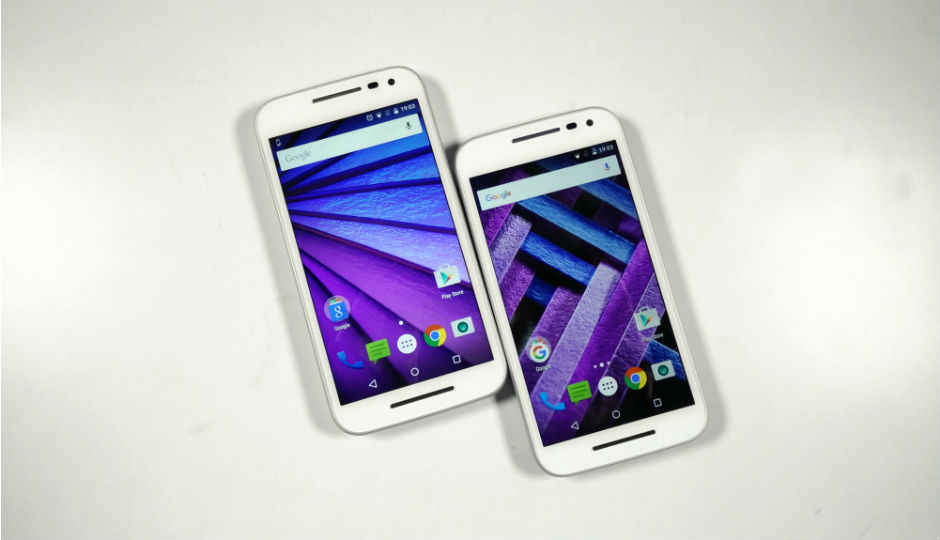Moto G Turbo First Impressions: It’s better than Moto G (3rd Gen)
The Moto G Turbo sports a different processor and possibly camera ISP, which means we like this phone more than the original.

Many of us didn’t realise it, but Motorola silently changed its strategy in the Indian market this year. What started with the Moto G, E and X series, has suddenly become at least two phones under each brand. There’s the Moto X Play and Style, the Moto E 3G and 4G and now the Moto G (3rd Gen) and Moto G Turbo. Our point of focus today is of course the Moto G Turbo, launched on Flipkart today. The phone replaces the Snapdragon 410 SoC on the Moto G (3rd Gen) with a Snapdragon 615 and adds fast charging support, making it one of the cheapest phones to have the fast charging capability. Motorola claims the Moto G Turbo can provide 6 hours of battery life after only 15 minutes of charging.
 Survey
SurveyWell, we’ll test and write about that in the full review, what we shall do now, is explain the differences that you can spot right off the bat, starting of course, with the processor.
From Snapdragon 410 to Snapdragon 615
It’s actually a really sound strategy. Upon reviewing the Moto G (3rd Gen), we had commented on how the Snapdragon 615 would have been the right choice for a phone in this price range. Well, this is it. Motorola brought fast charging to boot, adding a feature in the Moto G that none of its competitors have. Will it sell the phone? We’ll wait and watch. What’s worth noting though is that it’s visibly faster than its predecessor.
You can put the phones side by side (as we did) to make it more apparent, but the eight cores of the Snapdragon 615 along with Motorola’s already impressive background enhancements, does this phone a lot of good. The benchmark scores have obviously gone up, but what’s surprising is how much the graphics performance has increased. Of course, we’ll be testing it further to give you more concrete solutions in the full review, but benchmarks should suffice for now. In the little that we’ve used it, we see a definite difference between the Moto G (3rd Gen) and Turbo in terms of processor performance.
Camera: A new ISP?
We’re not sure yet, but it seems the Moto G Turbo uses a different Image Signal Processor as compared to its predecessor. Preliminary testing shows that the Moto G Turbo can reproduce better colours than the Moto G (3rd Gen). In addition, images are also sharper and the Turbo is just slightly better under low light conditions. The move from Snapdragon 410 to 615 can ideally be the reason for this, as the ISP can change based on the SoC, but we’re still going to confirm this from Motorola itself.
Moto G Turbo: (L-R) Indoor Fluorescent Lights, Studio White Lights, Indoor Fluorescent Lights, Low Light (Click images to enlarge)
Moto G (3rd Gen): (L-R) Indoor Fluorescent Lights, Studio White Lights, Indoor Fluorescent Lights, Low Light (Click images to enlarge)
Where does that leave us?
The original Moto G sells for Rs. 12,999 right now, while the new version costs Rs. 14,499. From our preliminary testing, the fact that the Moto G Turbo performs better and has a better camera obviously makes it a better choice. In addition, the phone already had above average battery life and Turbo charging support just adds to that. So, if you’re buying a new phone and want the Moto G, then the Turbo would ideally seem to be the better choice. Of course, we’ll hold our judgement till the full review.







